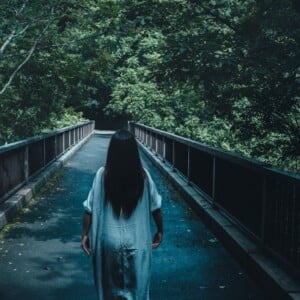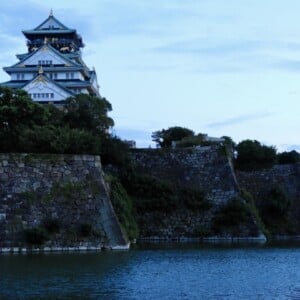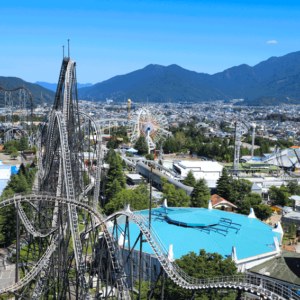<Top 5> Famous Haunted Places in Tokyo
【この記事にはPRを含む場合があります】
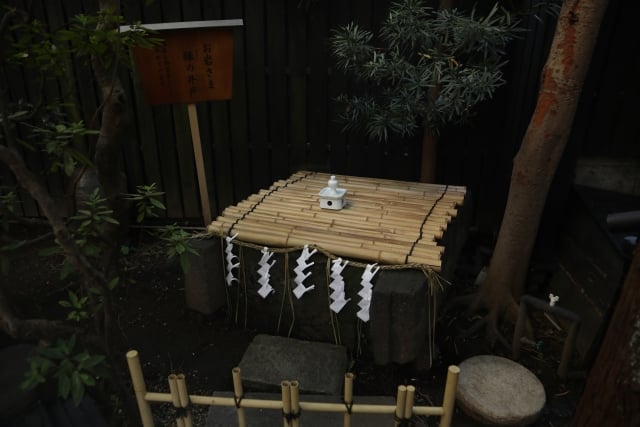
Visiting haunted places is a popular activity among horror enthusiasts and thrill seekers around the world.
Tokyo, the capital of Japan, is also home to many haunted places.
Many of the haunted places in Tokyo have historical backgrounds, many originating sometime during the Edo period (1603-1868).
While many people still experience bizarre phenomena and see spirits, some spots are popular for their beneficial properties.
In this article, we will introduce the top 5 most famous haunted places in Tokyo.
You should never visit a haunted place out of curiosity, as you may stop by and become ill, but some people visit for sincere wishes, so please take the historical background into consideration when deciding whether or not to go.
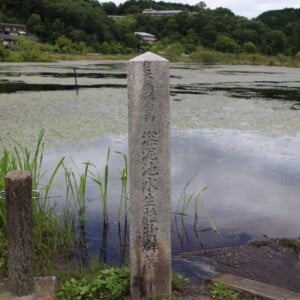
1. Taira no Masakado’s Grave
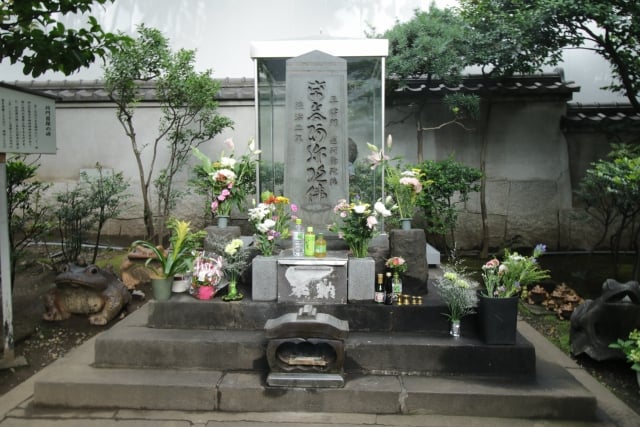
One minute on foot from Otemachi Station, the center of Tokyo. In a corner where huge buildings stand in a row, there is the infamous Taira no Masakado’s grave.
Historical Background
The year is 939, the Heian period in Japan. Taira no Masakado, a samurai with the blood of an emperor in his veins, called himself the “new emperor” and claimed to be the new emperor, but was overpowered and defeated by the forces of the Imperial Court. As a result, Masakado’s head was exposed in Heian-kyo (present-day Kyoto) to make an example of him. However, it is said that Masakado’s regret was so great that even as his head was hanging, he kept his eyes wide open and cried out that he would make good on his regret. It is said that Shogun’s head flew from Kyoto to return to his hometown in Chiba Prefecture, next to Tokyo, but fell in Otemachi, Tokyo, on the way back to Kyoto.
What kind of spot is it?
The “Head Mound of Taira-no-Masakado” still remains in Otemachi, Tokyo, where many buildings are being developed. Normally, the head mound would have been moved due to the construction of a building, but because of the strong resentment of Taira no Masakado, several people involved in the construction died mysterious deaths every time the head mound was relocated. It is said that the impact on the general public is minimal, but this is a spot that should not be visited just for the sake of curiosity.
2. Site of Suzugamori Execution Grounds
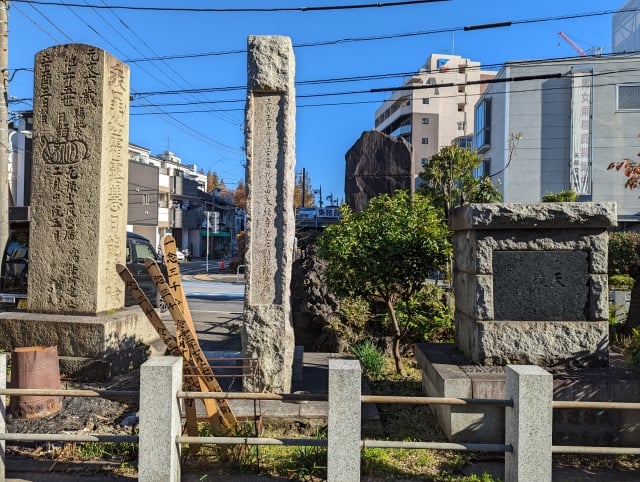
The site of Suzugamori Execution Grounds is located in Shinagawa Ward, Tokyo, about a 10-minute walk from Omori-kaigan Station, and is said to be haunted by the souls and ghosts of many people.
Historical Background
In the name of protecting public order during the Edo period (1603-1868), criminals were executed in a brutal manner to make an example out of them. The number of executions was large: it is said that as many as 100,000 to 200,000 people were executed over a period of 220 years. The methods of execution included crucifixion and burning at the stake, which attracted many onlookers.
What kind of spot is it?
It is rumored that the spirits of those who were executed appear late at night, and there have been many traffic accidents at nearby intersections caused by people who saw the spirits. There is also an existing well called “Kubiarai-no Iido” (首洗いの井戸 lit. well for washing heads) where beheaded heads were washed, and there is no end to the number of ghost sightings.
3. Jōkanji Temple
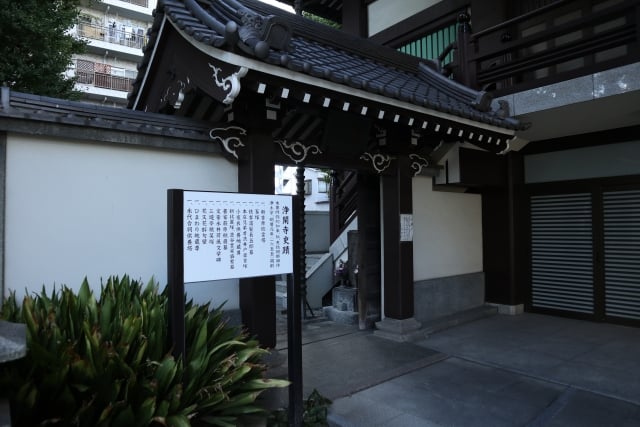
Located in Minami-Senju, Arakawa-ku, Tokyo, a 2-minute walk from Minowa Station on the Hibiya Subway Line, Jokanji Temple is also known as “Nagekomi-dera (投げ込み寺 lit. throwaway temple” because many people have been abandoned here. The temple was once known as a symbolic place for death itself, having been mentioned in a famous haiku poem: 生れては苦界 死しては浄閑寺 (in a bitter world lived, death is in Jokanji).
Historical Background
During the Edo period (1603-1868), prostitutes who worked in brothels had their family registers erased and their identities unknown. When they became ill, they were abandoned at Jokanji Temple and died. The temple is said to have been called “Nagekomi-dera (throwaway temple)” because the women who worked in such poor conditions were buried in such a messy manner that they were thrown into the temple.
What kind of spot is it?
Many people who have visited Jokan-ji Temple have said that the temple’s negative energy throws them off, and that they have seen spirits of women and men. It is also said that taking pictures at this temple can cause spirits to appear in the pictures. It is also reported that if you visit the temple in a weakened state of spirit, you may become possessed, so it is best not to visit this place out of curiosity.
4. Site of Kozukappara Execution Grounds
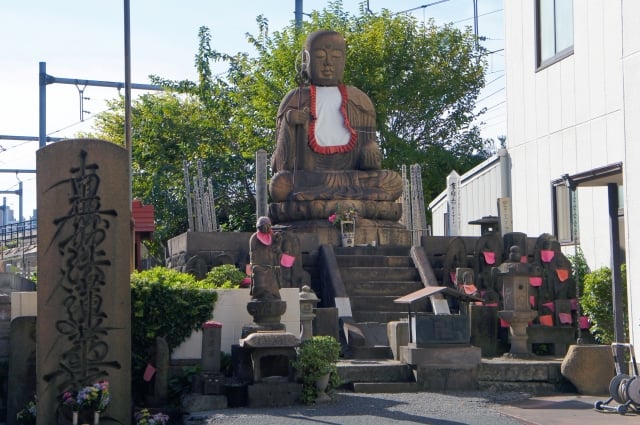
Located in Arakawa Ward, Tokyo, a 2-minute walk from Minami-Senju Station on the JR and Hibiya subway lines, the site of Kozukappara Execution Grounds is a haunted place known for its large Buddha statue.
Historical Background
Kozukahara Execution Grounds was built together with “Suzugamori, introduced earlier, where more than 200,000 people were executed as a punishment site for crucifixion and imprisonment. The place was a ghastly place where executed criminals were left to rot, and the surrounding area was filled with a terrible stench.
There is a famous story that Gempaku Sugita (1733-1817), a doctor of the Edo period who introduced Western medicine to Japan, conducted autopsies of executed criminals at this place to check the accuracy of the Dutch medical book Kaitai Shinsho.
What kind of spot is it?
Many visitors to the Kozukappara Execution Grounds feel that the atmosphere of the whole place is strangely heavy and stagnant. Some people have experienced strange phenomena, such as seeing fireballs and white shadows, so it is best to avoid going there at night.
5. Yotsuya Oiwa Inari Tamiya Shrine
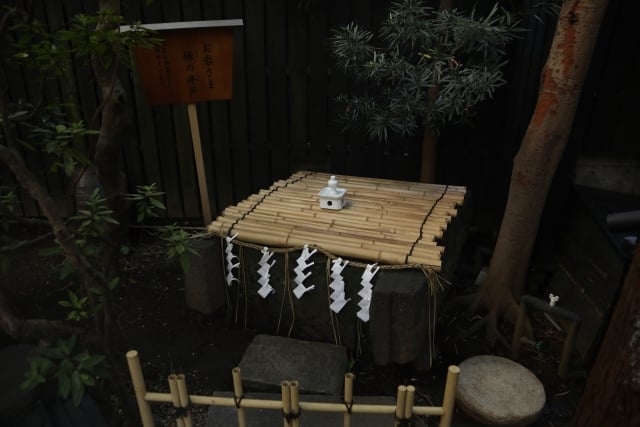
Located in Shinjuku-ku, Tokyo, a 5-minute walk from Yotsuya-Sanchome Station, Yotsuya Oiwa Inari Tamiya Shrine is a shrine known for the legend of Oiwa-san, a famous Japanese ghost story.
Historical Background
The husband of a woman named Oiwa-san, who existed in the 17th century, had an affair with another woman. When the husband found out about the affair, he plotted to kill her with poison. However, the plan to kill Oiwa failed. The poison made Oiwa badly disfigured, with sores on half of her face. Despite her resentment, Oiwa survived, but one day she accidentally slit her neck with her own sword and died.
The husband was unfazed by this, and eventually marries the woman he cheated with. Shortly, the ghost of Oiwa began appearing in front of the two night by night, and eventually curses both the husband and the woman to death.
What kind of spot is it?
The legend of Oiwa-san has made popular in theater adaptations, but it has been feared by performers because of Oiwa-san’s strong feelings of resentment and it is well known that accidents happen to performers playing the part.
However, today, Yotsuya Oiwa Inari Tamiya Shrine has gained a more positive reputation among people, as a place of worship for protecting woman, warding off toxic relationships, and bringing in good relationships instead.
The shrine attracts many worshippers, especially young women, and now has a cheerful atmosphere, making it a good place to visit as a tourist attraction.


